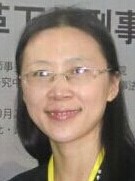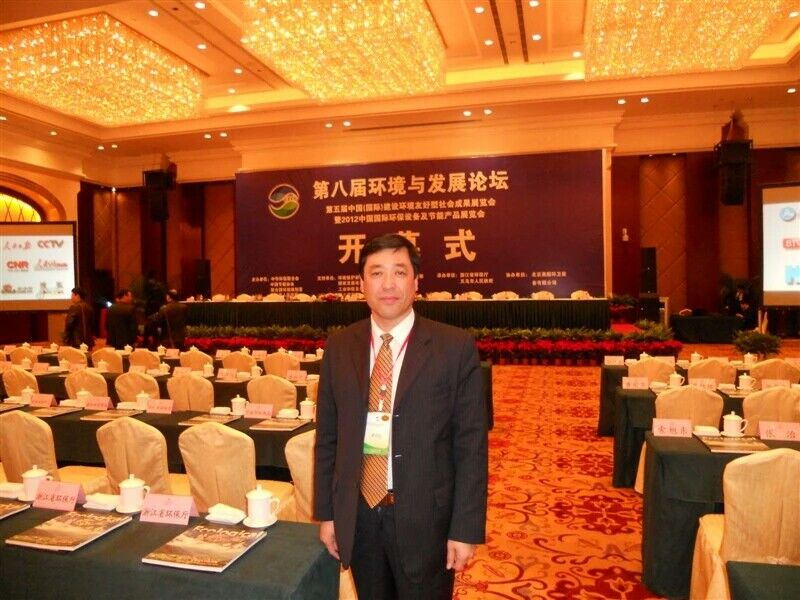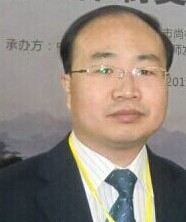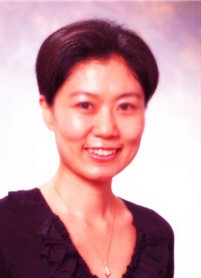歡迎收聽澳洲廣播電臺中文部制作的金融世界節目,我是馬健媛。
我是劉江。
經濟是現代社會生活的重要組成部分,每天的新聞報道中都充滿了有關預算赤字、股票風波、經濟上揚或衰退的消息。但是,貨幣、市場和經濟到底是什么?全球或地區的經濟究竟是如何運作的?政府的政策又會如何影響到一個國家的經濟狀況呢?
請收聽金融世界!
現代人的衣食住行都離不開錢,也就是貨幣。
一個澳大利亞人要買些蘋果和香蕉,售貨員告訴他要付多少錢。
那么貨幣是怎樣發展到今天的形態并且幾乎主宰了我們全部的生活呢?澳大利亞一位著名的財經記者卡魯特別為我們介紹了貨幣的歷史。
卡魯在她的介紹中說到這樣幾個詞匯:
1 Precious metal 貴重金屬
2 Sweating the money 從貨幣里提取貴重金屬成分
3 Holey dollar 有洞的錢幣,這是十九世紀在澳大利亞新南威爾士州流通的貨幣,因為缺乏金屬材料而將錢幣穿洞
4 Token 輔幣,具有象征性的貨幣,代表的價值高于本身的價值
5 Plastic note 塑料鈔票
6 Plastic card (塑料)信用卡,也叫 credit card
下面我們逐段聽一遍卡魯的這段談話:
Money's got a very colourful history, because a number of things have been used in the place of what we use as money. Feathers, shells, cloth ...salt in Roman times when the Roman soldiers were paid in salt and that's how we get the word salary, from the Latin sal for salt.
歷史上的貨幣五花八門。古時候,羽毛、貝殼、布料甚至鹽都曾是交換工具。古羅馬士兵得到的軍餉就是鹽。鹽這個詞也是英文“工資”這個詞的起源。拉丁文Sal的意思是鹽,英文中工資Salary就是從它演變而來的。
And a number of tribes used cattle, which were useful because they were transportable. But they were quite bulky and you weren't always sure of the size of cattle you were going to get, so there was a problem there of quality.
還有一些部落以牲畜作為交換媒介。這很有用,因為牲畜可以運來運去。但是它們體積龐大,而且無法確切知道你將要得到的牲畜的大小,因此存在質量方面的問題。
In the ninth century in China we had paper money for the first time. It wasn't quite the paper money that we know, it was more like a piece of paper saying a promise to pay.
九世紀時在中國首次出現了紙幣。這種紙幣與我們現在使用的不同,更象是一種欠條。
And then in the seventh century we had money in the form of precious metal. There was always a problem of making sure that the coin that you got had enough precious metal in it to give it a value. When things got tough, you often found some civilisations were quite good at what they called sweating the money, which was effectively taking out the precious metal content so that what you got actually wasn't what you thought you got.
另外在七世紀時出現了貴重金屬貨幣。但如何確切知道貨幣中有足夠的貴重金屬含量以使它具有相應的價值則一直是個問題。當時局艱難時,一些文明古國會從這種貨幣中提取貴重金屬成份,使得貨幣已不再擁有你原來以為它擁有的價值。
And we have a form of that here in Australia when we had the holey dollar ... when we had a coin with a hole in the middle because there was a shortage of metal.
澳大利亞就曾有過一種這類的貨幣,一種中間有個洞的貨幣。這是由于當時缺乏鑄幣金屬的緣故。
And in those days, Spanish coins were used a lot. Sometimes stores used certain tokens because there was a shortage of actual coinage. And then there is money as we know it today in notes and coins - plastic notes.
那時候西班牙硬幣廣為流通。有時商店里因為沒有足夠的硬幣而使用一些代用幣。后來就有了我們現在使用的紙鈔、硬幣,還有塑料鈔票。
And of course, if we were doing this program in a hundred years time we might talk about quaint little things called money, notes and coins, because all we'd be using would be plastic card.
當然,如果我們在一百年之后再來制作這一節目,我們可能就會談論一些奇特有趣的叫做錢、紙幣或是硬幣的小東西,因為到那時我們大概只使用塑料卡了。
下面再請您完整收聽一遍澳大利亞財經記者卡魯關于貨幣歷史的介紹。(略)
接下來澳大利亞墨爾本大學商學院的哈珀教授解釋了貨幣的三個基本功能:
We look at the functions of money. Firstly it's a medium of exchange, so it's some commodity which facilitates the exchange of goods and services.
It is also a unit of account, which means that we use money to reckon prices and reckon values for comparisons between goods and services or over time.
And thirdly, money is a store of value. It is an asset. It's something that we can use to store value away to be retrieved at a later point in time. So we can not consume today, we can hold money instead - and transfer that consumption power to some point in the future.
哈珀教授授說,貨幣的三個功能是:
1 Medium of exchange 交換媒介
2 Unit of account 計算單位
3 Store of value 價值儲存手段
下面是哈珀教授講話的中文翻譯:
首先貨幣是一種交換媒介,是幫助其他貨物與服務進行交換的手段。其次它是一種計算單位,就是說我們用錢來測量貨物、服務或時間之間的價格和價值的比較。第三它是價值存儲手段,是一種資產。我們可以用它把價值儲存起來,在以后的某個時刻再取回。這樣我們不必現在就把它用掉,而是可以存著錢,把這種消費能力轉移到將來的某個時刻。
下面請再聽一遍墨爾本大學商學院哈珀教授介紹的貨幣的三個功能。(略)
最后我們復習一遍這一講中出現的一些英文詞匯:
1 Precious metal 貴重金屬
2 Sweating the money 從錢幣里提取貴重金屬成分
3 Token 輔幣,具有象征性的貨幣,代表的價值高于本身的價值
4 Plastic note 塑料鈔票
5 Plastic card 信用卡,也叫 credit card
6 Medium of exchange 交換媒介
7 Unit of account 計算單位
8 Store of value 價值儲存手段
在這一講中我們為您簡單介紹了貨幣的歷史和功能。在下一講中我們要請專家談談貨幣的特性和名義貨幣,歡迎您收聽。










